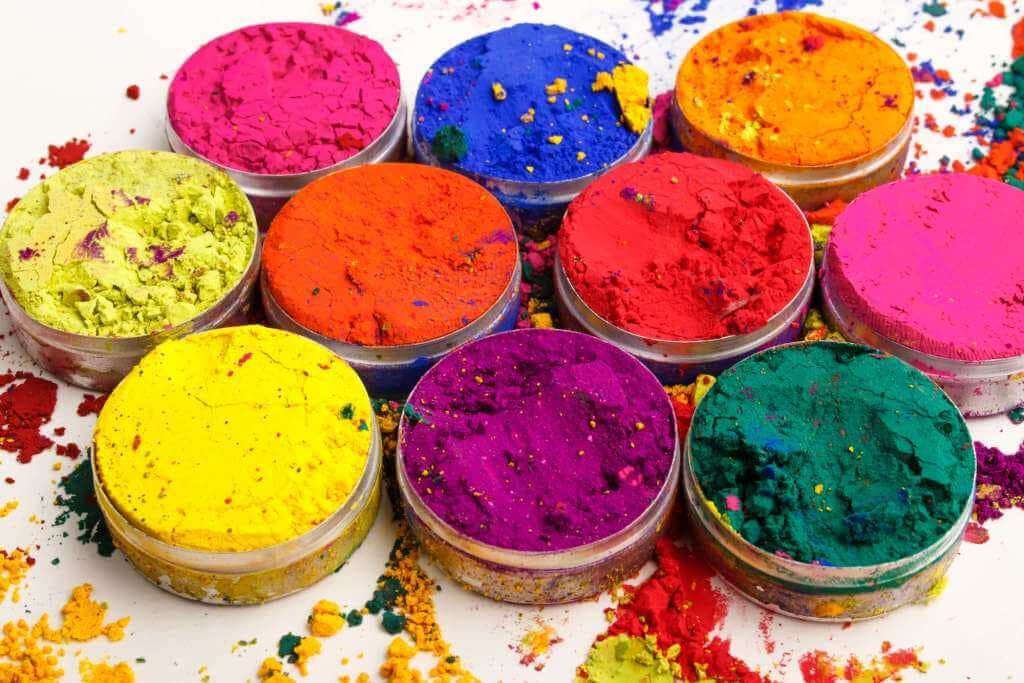
For most of the people, paint is the colour on walls, timber, metal, bricks or outside/inside surfaces of their house. Furthermore, from the layman’s point of view paint is colour of their car, boat or any other object/elements in routine life. However, paint is made up of base, binder, solvent (thinner), Drier and colouring pigment.
Colouring Pigment
Colouring pigment is one of the major components of paint. Pigments are used to hide the surface imperfections and to impart the desired colour. In general, for white, black & very dark shades, the base itself works as colouring pigment. In case of light or bright colour, the desired shade is obtained by adding colouring pigment to white paint.
Also Read: Basic Components of Paint
Colouring pigment plays a very important role in paint as without it beauty or aesthetics of your house or any object cannot get attraction.
Pigments serve three major functions and they are below:
01. The Visual Function:
It provides the colour and opacity to the paint film and control of gloss.
02. A Protective Function:
It provides protection to the surface underneath the paint & also to the binder as they can be destroyed by UV.
03. A Reinforcing Function:
Paint itself in that they help the binder to stick.
Colouring pigments protect the paint film by reflecting the destructive ultra violet light. They also improve the impermeability of the paint film and enhance its resistance to weathering, affect the flow characteristics making it possible to paint vertical and uneven surfaces smoothly.
The common pigments are classified as natural & artificial. Pigments are finely ground mineral, organic substances or metal powders; their size in organic coatings ranges from 0.1 to 5.0 microns in diameter. Their general properties are covering power, colouring capacity, fineness fire resistance, chemical stability and weather resistance.































